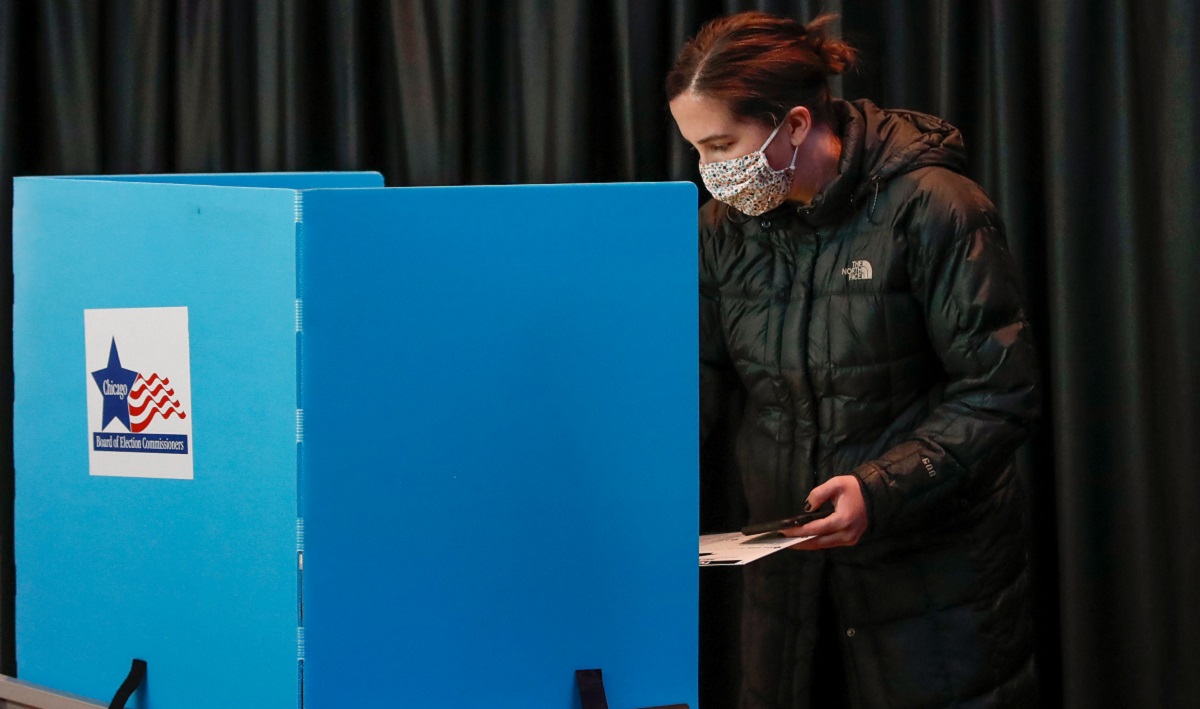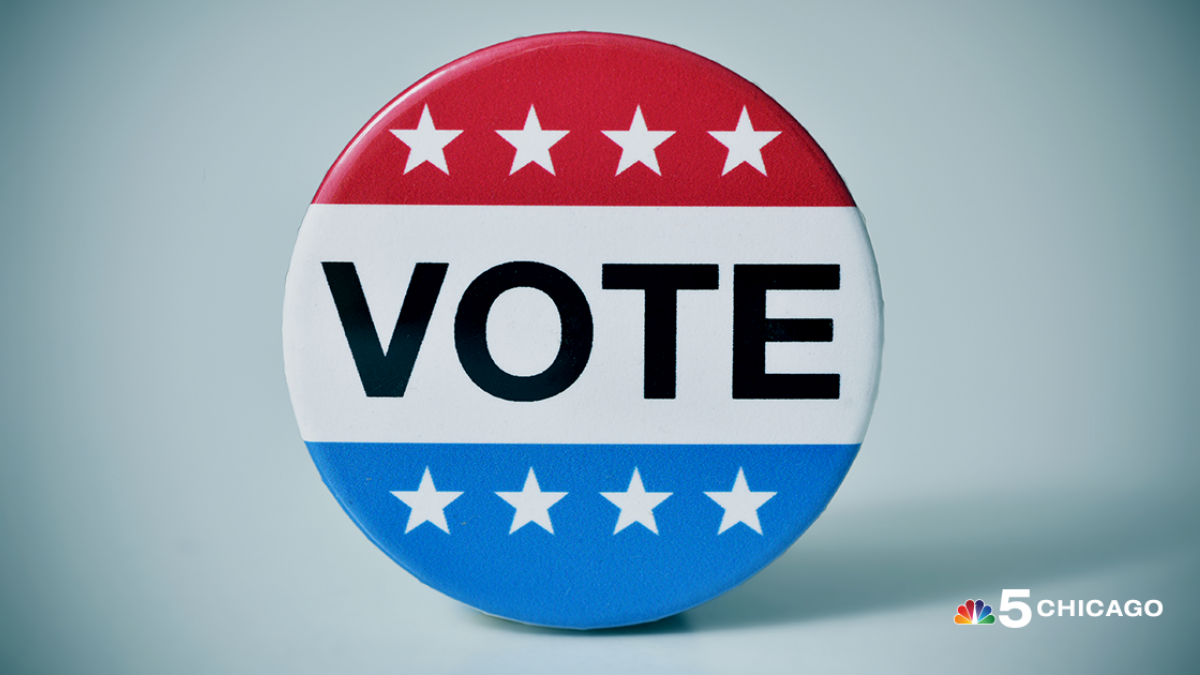As Illinois voters cast their ballots, the very first decision they'll have to make is whether or not to support a constitutional amendment called the "Workers' Rights Amendment."
The measure, passed by the Illinois General Assembly in 2021, would codify the right of workers to unionize into the state constitution and would prohibit state lawmakers from passing "right-to-work" laws, which have been routinely criticized by labor unions and activists.
Union across Illinois are backing the proposed amendment. Opponents of the measure say it could have the effect of allowing property taxes to continue increasing thanks to increased bargaining power on the part of public-sector unions.
So what exactly does the measure say? How would it pass? When would it become law? Here's what to know about the amendment.
How Will the Amendment Appear on the Ballot?
Here is the text that will appear on your ballot -
The proposed amendment would add a new section to the Bill of Rights Article of the Illinois Constitution that would guarantee workers the fundamental right to organize and to bargain collectively and to negotiate wages, hours and working conditions, and to promote their economic welfare and safety at work. The new amendment would also prohibit from being passed any new law that interferes with, negates, or diminishes the right of employees to organize and bargain collectively over their wages, hours, and other terms and conditions of employment and workplace safety. At the general election on Nov. 8, 2022, you will be called upon to decide whether the proposed amendment should become part of the Illinois Constitution. For the proposed addition of Section 25 to Article I of the Illinois Constitution.
Top Election Stories - NBC 5
So What Exactly Will it Do?
For all intents and purposes, the amendment will codify the right of workers to unionize into the state’s constitution.
Feeling out of the loop? We'll catch you up on the Chicago news you need to know. Sign up for the weekly Chicago Catch-Up newsletter.
It would also prohibit state government from passing “right-to-work” laws, which are currently in effect in at least 27 U.S. states.
Illinois has a long history of labor organizing with effects that reverberate nationwide, dating back to the 19th century Haymarket Affair and Pullman strike, both in Chicago. And as some states across the U.S. have passed right-to-work laws in recent years - prohibiting union membership or dues payment as a condition of employment - Illinois has again played a central role in that national conversation. Read more about the history of the proposed amendment here.
Amendment 1 would specifically add this language to Article I of the state constitution:
A – Employees shall have the fundamental right to organize and to bargain collectively through representatives of their own choosing for the purposes of negotiating wages, hours and working conditions, and to protect their economic welfare and safety at work. No law shall be passed that interferes with, negates or diminishes the right of employees to organize and bargain collectively over their wages, hours, and other terms and conditions of employment and to workplace safety, including any law or ordinance that prohibits the execution or application of agreements between employers and labor organizations that represent employees requiring membership in an organization as a condition of employment.
B – The provisions of this Section are controlling over those of Section 6 of Article VII.
How Will the Amendment Process Work?
The General Assembly passed the amendment in 2021, setting the stage for it to appear on the ballot in November 2022.
The next step is in the hands of the voters, and there are two ways that the amendment can become law in the state.
The first is if it receives three-fifths support from those who cast votes specifically on the amendment. If 1,000,000 residents vote, but only 500,000 cast ballots on the amendment, then it would need 300,000 votes to pass.
The other way involves the overall number of votes cast in the election. If 1,000,000 voters cast ballots, and all make choices on the amendment, then the measure would need a simple majority to pass and become law.
If either of those things occur, then it will become law quickly. Under the Illinois Constitution, the measure must be certified and declared adopted by the State Board of Elections within 20 days of the election.
Top races, voting FAQ and more. Get everything you need before Election Day with our Voters Guide.



